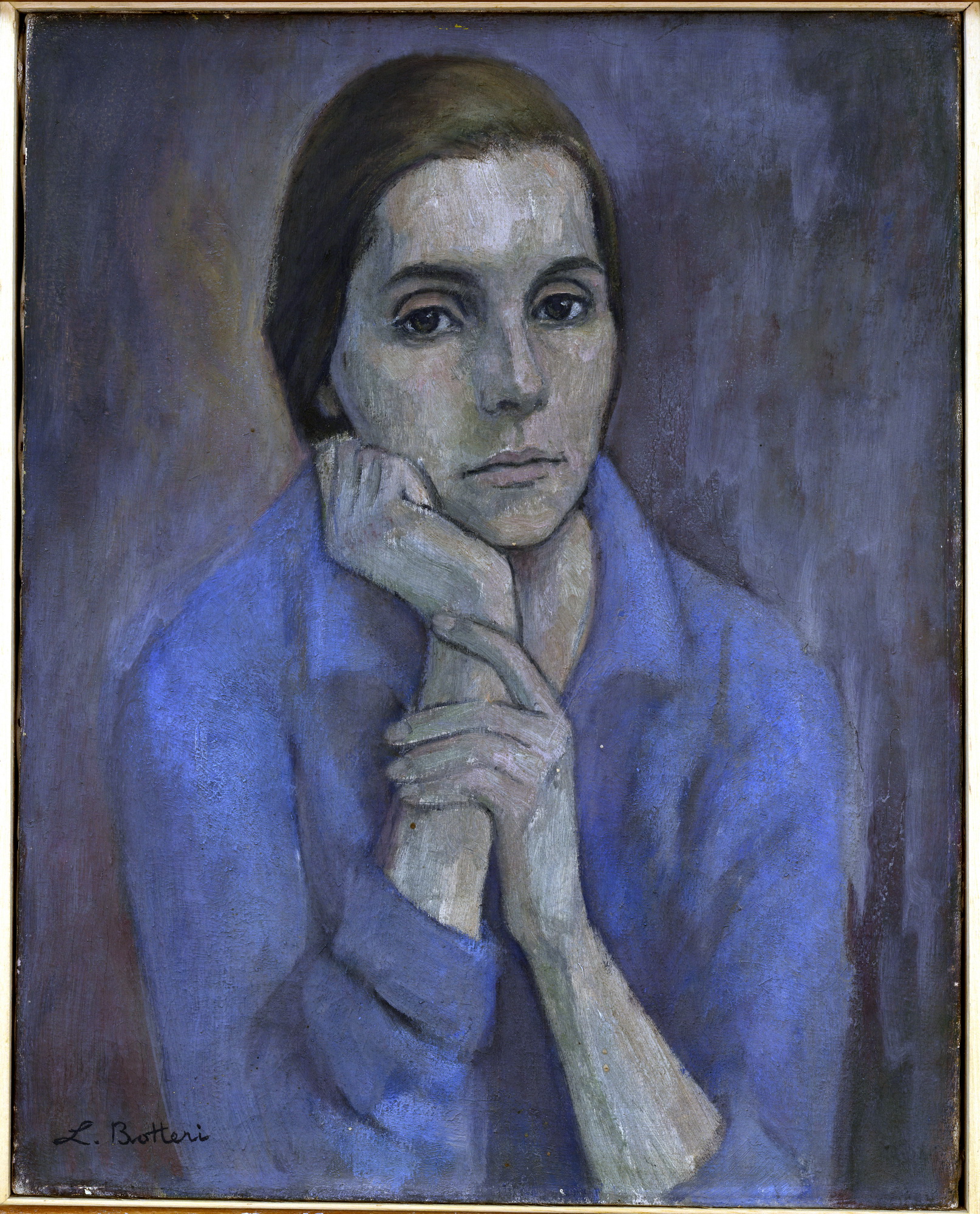Decolonial practices in Brazilian art: an analysis of Faz que vai (2015), by Bárbara Wagner and Benjamin de Burca
DOI:
https://doi.org/10.33871/sensorium.2024.11.9000Abstract
This article analyzes Faz que vai (2015), by Bárbara Wagner and Benjamin de Burca, a 12-minute video divided into four scenes, in each of which a character performs a heterogeneous dance to the sound of a percussive frevo composition, mixing frevo steps (cultural heritage) with swingueira, funk and vogue, among other popular genres. The work problematizes notions around popular culture, the body, race and gender. It offers us a good opportunity to read Brazil (and the Northeast) from the point of view of the dancing body. Thus, the main objective of this article is, based on an analysis of the work, to investigate the dialogues between it and decolonial aesthetics and how it can help to destabilize stereotypical images. To this end, we will first present some theoretical and methodological considerations that will allow us to analyze the work. Secondly, we will present the biography and some elements of the artistic practice of the Wagner and de Burca duo. We will then carry out a descriptive analysis of Faz que vai. Finally, we'll make some concluding remarks in an attempt to answer the key research questions
Downloads
Downloads
Published
Versions
- 2024-10-31 (2)
- 2024-08-02 (1)
Issue
Section
License
Copyright (c) 2024 International Interdisciplinary Journal of Visual Arts - Art&Sensorium

This work is licensed under a Creative Commons Attribution 3.0 Unported License.
Authors who publish with this journal agree to the following terms:- Authors retain copyright and grant the journal right of first publication with the work simultaneously licensed under a Creative Commons Attribution License that allows others to share the work with an acknowledgement of the work's authorship and initial publication in this journal.
- Authors are able to enter into separate, additional contractual arrangements for the non-exclusive distribution of the journal's published version of the work (e.g., post it to an institutional repository or publish it in a book), with an acknowledgement of its initial publication in this journal.
- Authors are permitted and encouraged to post their work online (e.g., in institutional repositories or on their website) prior to and during the submission process, as it can lead to productive exchanges, as well as earlier and greater citation of published work (See The Effect of Open Access).


